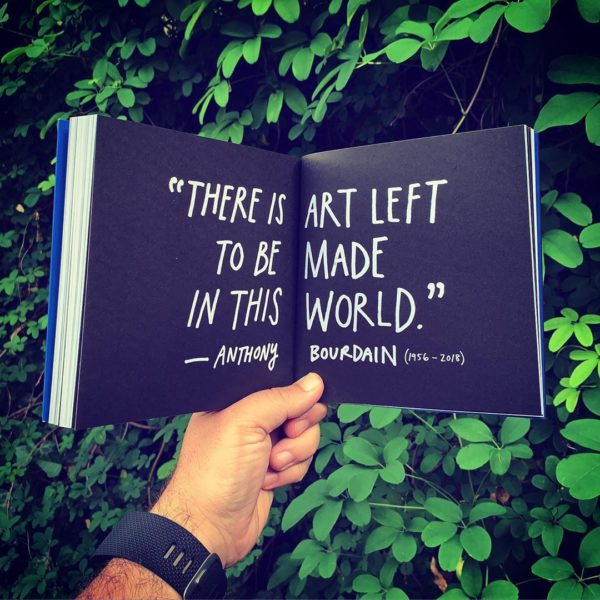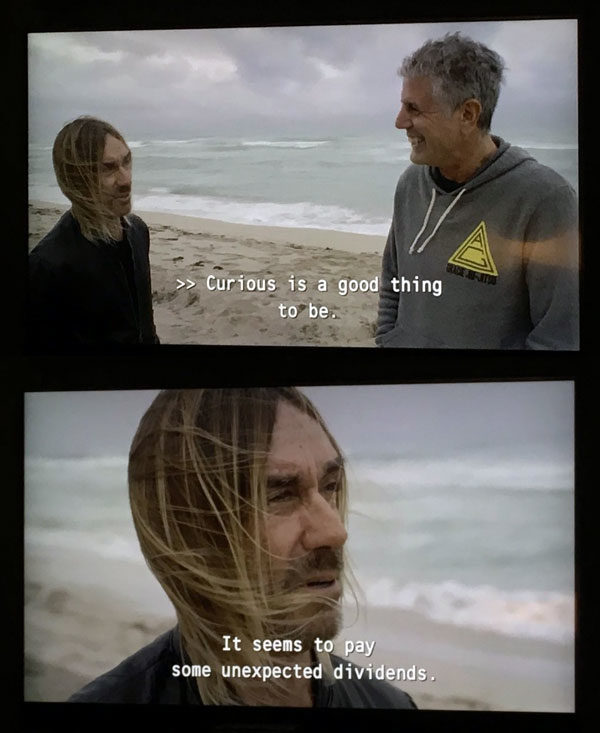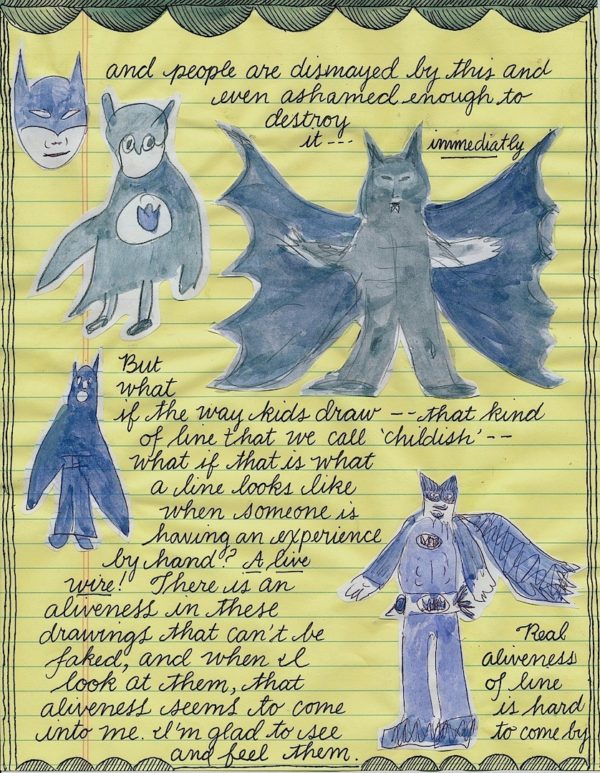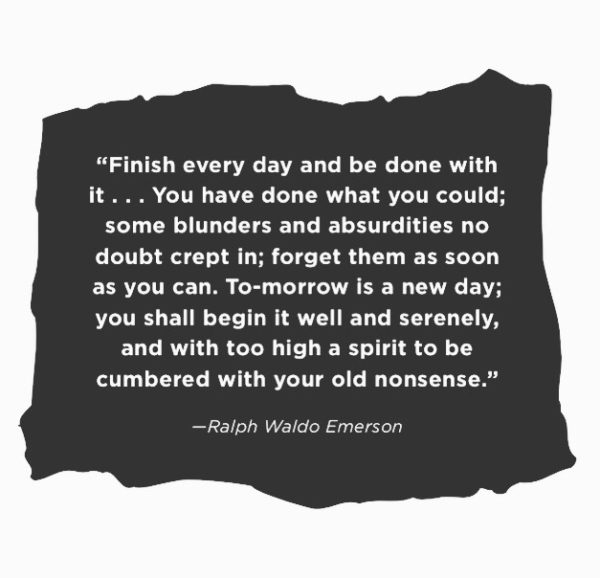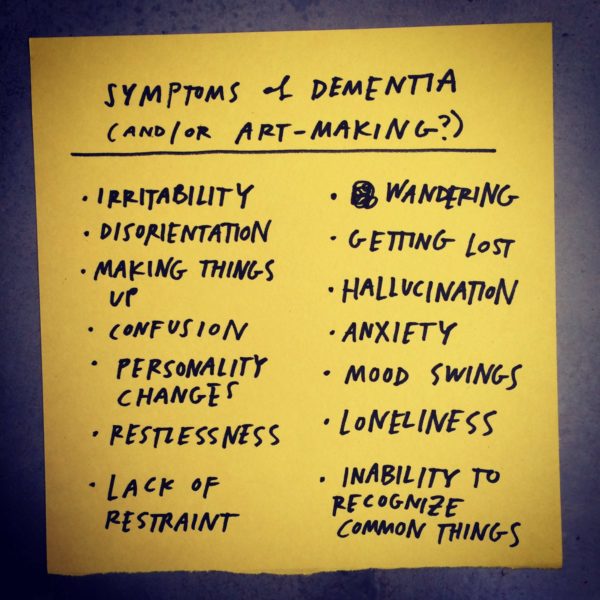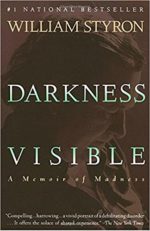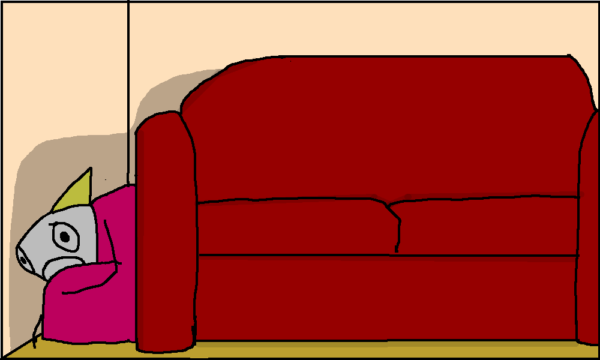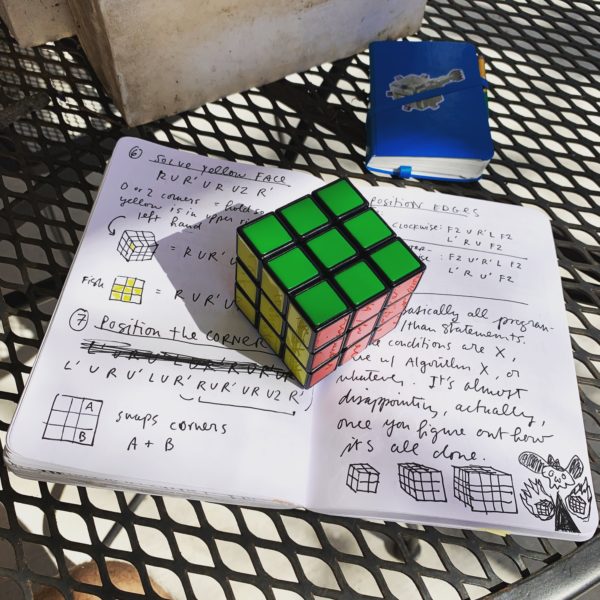
Years ago, we bought a big box of new doorknobs to replace the old doorknobs in the old house we were living in. Once I had my technique down, I could replace a doorknob in a couple minutes, but every door was slightly different, warped with time, so there was enough thinking involved to keep each replacement interesting. I found the process enormously satisfying. So satisfying, in fact, that I didn’t replace all the doorknobs at once. I saved a handful of doorknobs for times when I was feeling really stressed out.
When so many of life’s problems are unsolvable, solvable problems are a wonderful distraction. When so many things seem unfixable, fixing something feels amazing.
My son got a Rubik’s Cube for Christmas. Something compelled me this weekend to sit down and try to figure it out. I missed the whole craze in the 80s, so I was completely new to it. After watching an online tutorial, I discovered that there are step-by-step systems you can apply to solving it. You can actually attack it like a programmer with code: You basically look at the cube and run if/then statements in your head to find the right algorithm to apply. After the first dozen solves, I felt like I was replacing doorknobs again, except there were as many doorknobs as I wanted!
There’s something about keeping your hands busy when your brain feels broken. I have friends with depression who build elaborate LEGO sets. I’ve read about veterans with PTSD who put together gigantic jigsaw puzzles.
We’re wired to want to turn chaos into order. Randomness into meaning.
It’s why hobbies are so important…
https://www.instagram.com/p/B8Eybh5AnIG/
